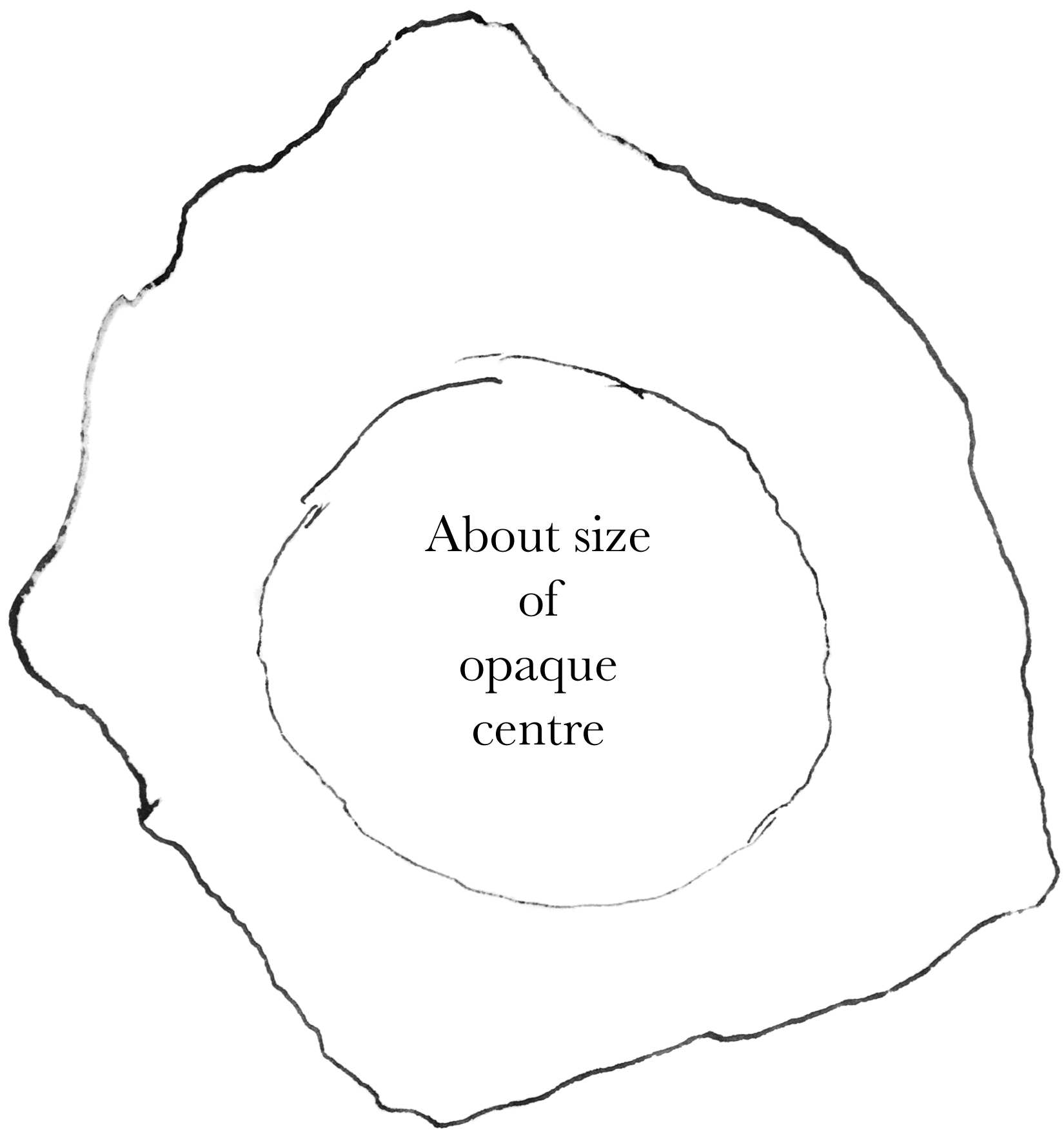From E. D. Smith 16 May 1872
Petoraghur.
16 May 1872.
Sir.
When reading yr. Naturalist’s Voyage round the World the account of a Hail Storm at P. 115 interested me much.1
As regards the size of hail stones I hope you will not think me forward in writing to tell you of the largest of three that I measured the other day (the 12th. April). The stones all fell on a thatched roof and thus escaped breaking they were brought to me by a Havildar of my Regt and I only thought of measuring after some little time had elapsed.

In shape they were like a Pine Cone blunted at the top and flattened at the bottom the resemblance in other ways was very great having all the separate fronds (I know no other word) clearly traceable and distinct, but closer packed together than in the cone, the centre was much more opaque than the fronds and very large Had these stones fallen on the hard ground each frond would have formed an ordinary sized stone as seen in common hail-storms and the opaque centre would have been larger than a pigeons egg.— The shape is not accurately represented for I tore the paper round the base as best I could. I will answer for the size being in no way exaggerated—the circumference was of an inch longer than this sheet of paper.2
The Natives do not remember ever having seen such a hail-storm— I have however heard of no accident to man or beast, although the cattle had not yet been housed for the night Petoraghur is 5500 feet above the level of the sea, in the Himalaya on the Western Frontier of Nepal close to Almorah (60 miles) and 90 from Nynee Tal.—3
Hoping Sir you will excuse this liberty I have taken | I am with every feeling of respect | Yrs ffthy. | E D Smith.
I enclose my card as a guarantee.4
Footnotes
Bibliography
Journal of researches (1860): Journal of researches into the natural history and geology of the countries visited during the voyage of HMS Beagle around the world, under the command of Capt. FitzRoy RN. By Charles Darwin. Reprint edition. London: John Murray. 1860.
Summary
Reports and describes massive hailstones which fell in Petoraghur [Nepal].
Letter details
- Letter no.
- DCP-LETT-8334
- From
- Edmund Denman Smith
- To
- Charles Robert Darwin
- Sent from
- Petoraghur
- Source of text
- DAR 177: 190
- Physical description
- ALS 4pp
Please cite as
Darwin Correspondence Project, “Letter no. 8334,” accessed on 16 April 2024, https://www.darwinproject.ac.uk/letter/?docId=letters/DCP-LETT-8334.xml
Also published in The Correspondence of Charles Darwin, vol. 20


